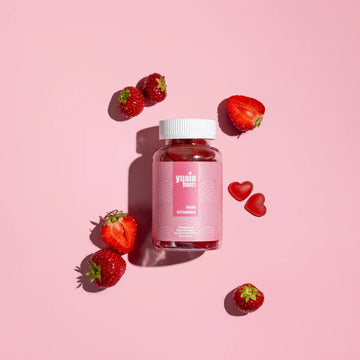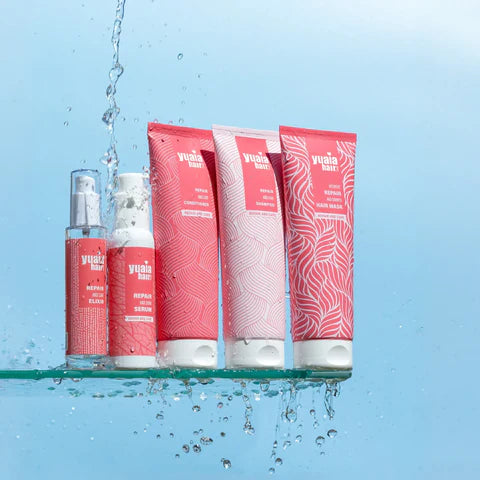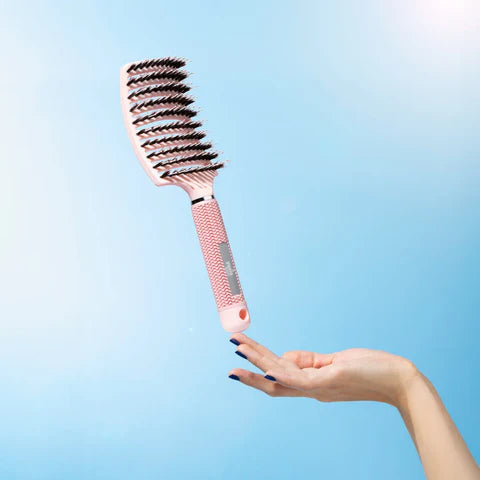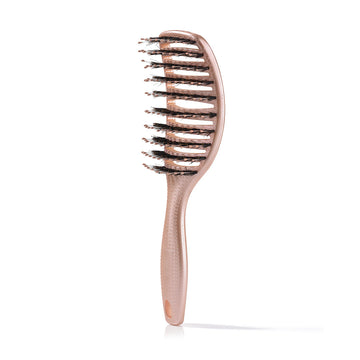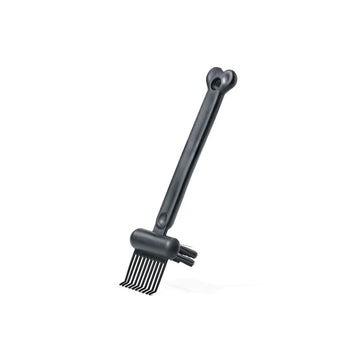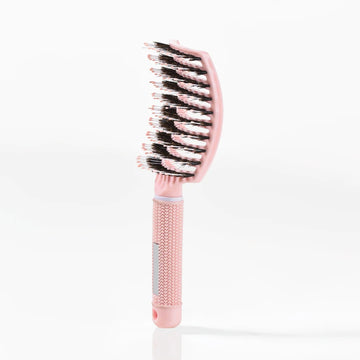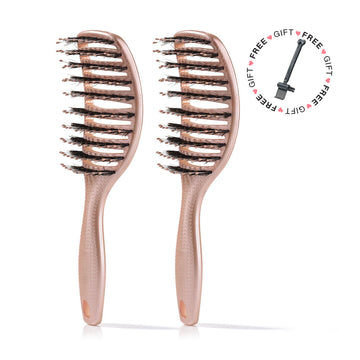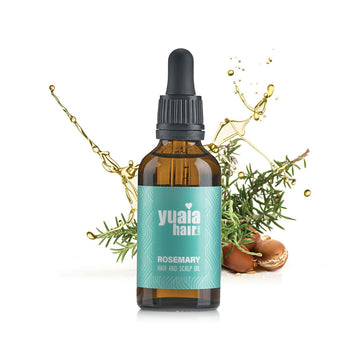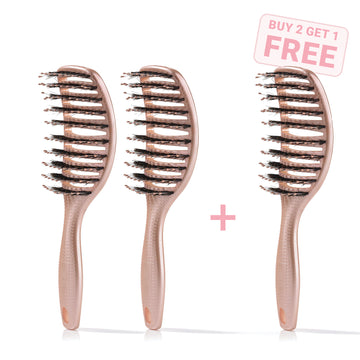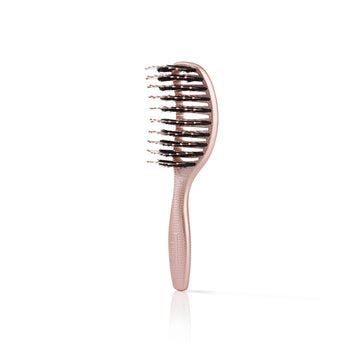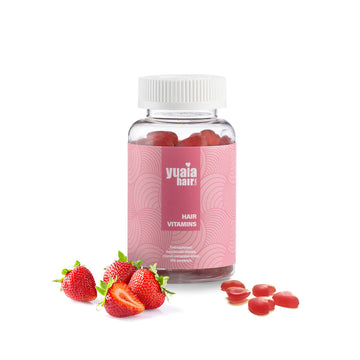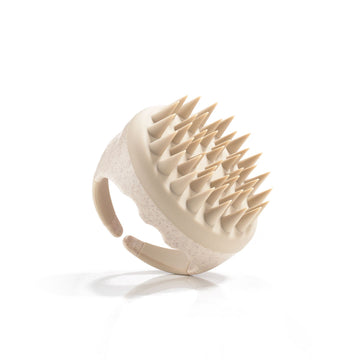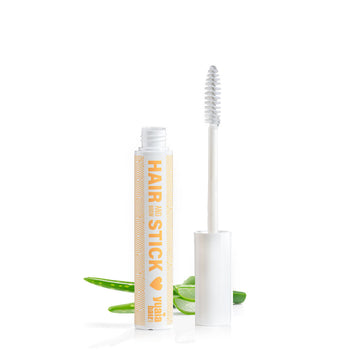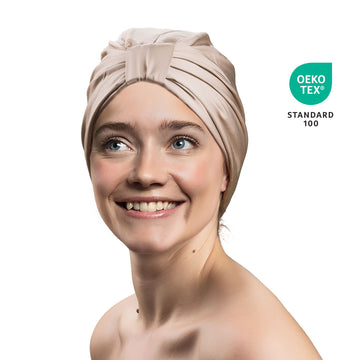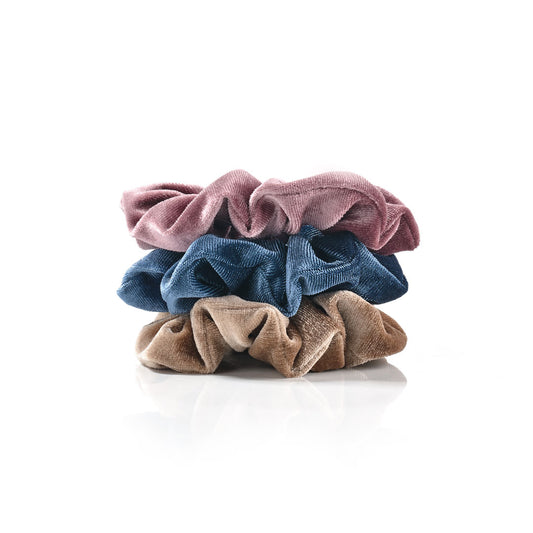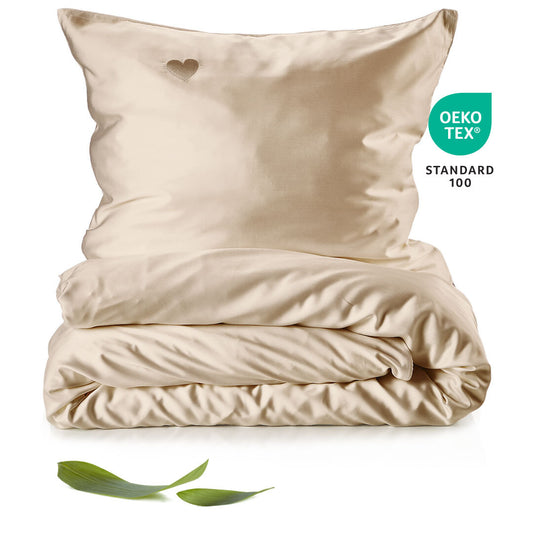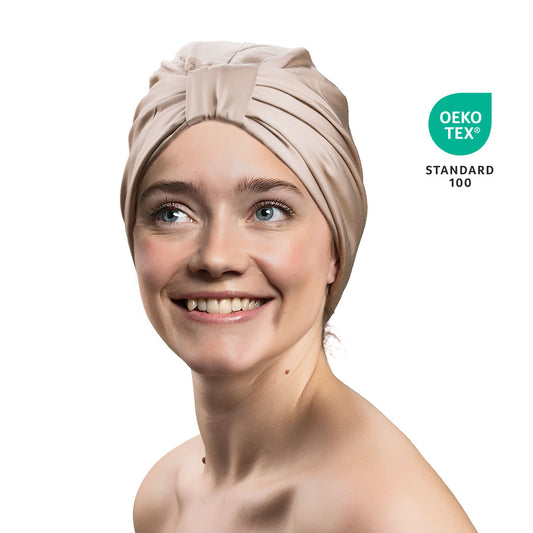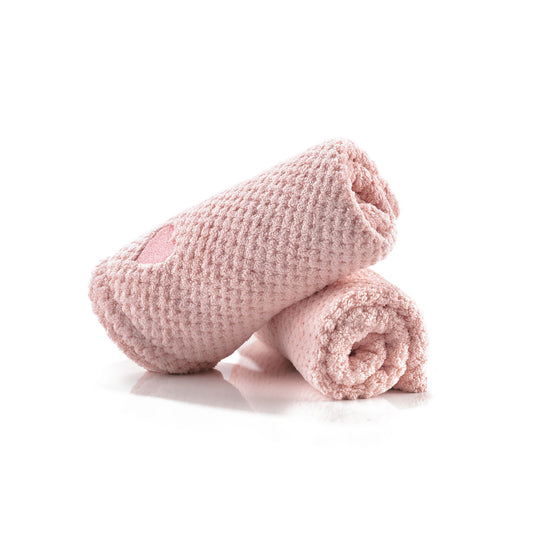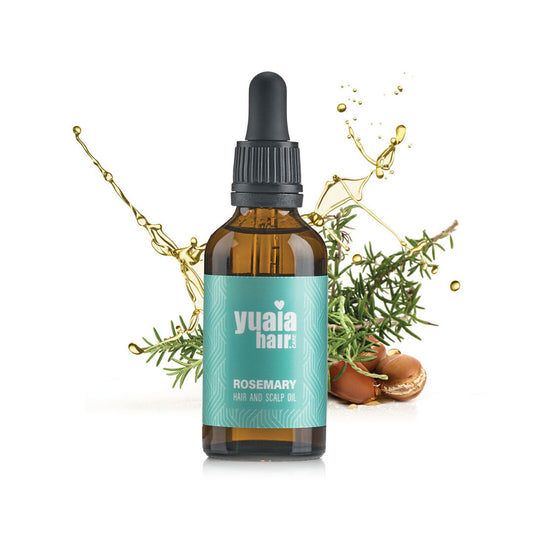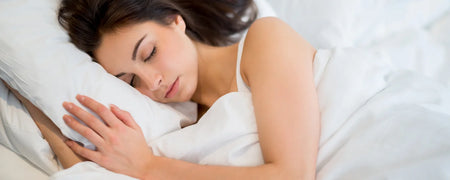
The best protective hairstyles for sleeping
Loose braid or plait
One of the most accessible options for protecting hair during sleep is the loose braid or plait. This hairstyle helps prevent tangling and can create soft waves by morning. It is easy to execute, requires minimal effort, and is ideal for individuals with busy schedules or limited styling experience. For those with naturally wavy or straight hair, it also provides a gentle texturizing effect without the need for heat styling.
The pineapple updo
The pineapple updo is a popular protective style, especially for those with curly hair. This method involves gathering the hair loosely at the crown of the head, which helps preserve the curl pattern and adds volume. It is particularly effective for reducing matting and maintaining curl definition overnight.
Bantu knots
Bantu knots provide both protection and styling benefits. This traditional African hairstyle forms defined curls when unraveled. Bantu knots are especially versatile, offering both a protective and styling solution in one. The resulting curl pattern varies depending on the number and size of the knots, ranging from tight spirals to looser waves.
Loose bun at the nape
A loose bun secured with a soft scrunchie at the nape of the neck is an excellent option for reducing tension on the scalp while keeping hair in place. This style is particularly suitable for those with longer hair and works well when combined with moisturizing treatments or hair masks applied before bed. It also helps prevent creases or dents in the hair.
Pigtail braids
Pigtail braids, consisting of two symmetrical braids on either side of the head, are a practical option for protecting hair overnight. They are especially beneficial for those with medium to long hair, as they keep the strands neatly contained and evenly sectioned. This style helps reduce tangling and also create natural waves and are comfortable to wear throughout the night.
French and dutch braids
French and dutch braids help keep hair compact and evenly distribute natural oils, making them suitable for various hair types. These braids are particularly beneficial for medium to long hair and provide a polished look by morning. When done snugly but not too tightly, these braids protect the hair while minimizing discomfort during sleep.
Additional tips for nighttime haircare
Use bamboo accessories: Opt for bamboo bedding or bonnets to reduce friction and maintain moisture levels. These materials do not absorb natural oils like cotton fabrics, helping to preserve hair structure and prevent frizz, especially for textured or color-treated hair.
Avoid going to bed with wet hair: Wet hair is more elastic and prone to breakage. It is important to avoid going to bed with wet hair, as it can stretch and snap under pressure during sleep. If you must wash your hair at night, make sure it is dry before securing it into a protective style. Use a microfiber towel or a blow-dryer on a low-heat setting to speed up drying.
Regular moisturization: To enhance the protective effects of your hairstyle, apply leave-in conditioners or natural oils such as aloe vera, shea butter, or argan oil. These ingredients replenish hydration and seal in moisture. For dry or porous hair, using a lightweight oil like jojoba or grapeseed oil after applying leave-in conditioner can lock in nourishment, improve shine, and reduce breakage. Establishing a nightly moisturizing routine supports healthier hair over time.
Maintaining healthy hair with protective sleep styles
Adopting protective hairstyles for sleeping is an effective way to support long-term hair health with minimal effort. These simple styles help reduce friction, lock in moisture, and maintain the hair’s structure.
They’re especially useful for textured, color-treated, or fragile hair, which tends to be more prone to breakage and dryness. By minimizing the need for heat styling and reducing mechanical stress overnight, these styles promote healthier growth.
Because they’re quick to do and require few products, protective styles work well for busy routines. Over time, consistent use can lead to smoother, more resilient hair and better overall hair condition.
 2-4 day UK delivery
2-4 day UK delivery
 25.000+ satisfied customers
25.000+ satisfied customers
 Satisfaction Guarantee
Satisfaction Guarantee

